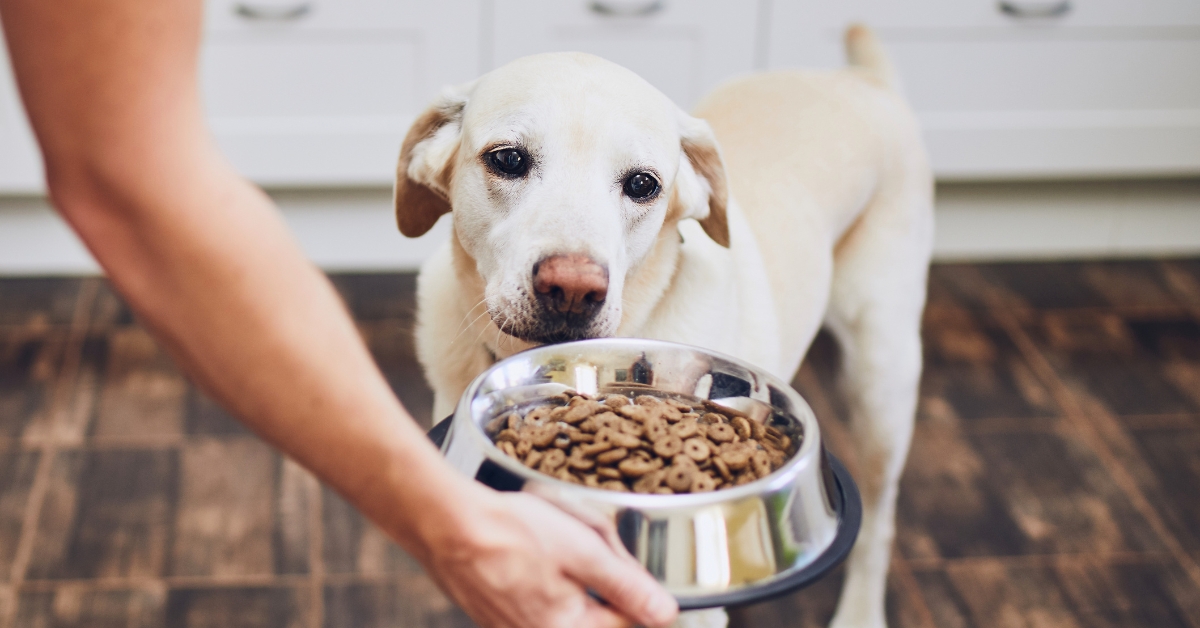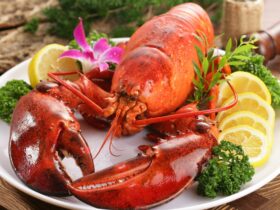Feeding a dog the right food is one of the most important things for keeping them happy and healthy. It helps them stay full of energy, keeps their coat shiny, and even helps them live longer. But with all the different dog food options out there, it’s easy to feel confused. Dry food, raw food, grain-free, special diets — it can seem complicated fast.
The good news is, picking the right dog food doesn’t have to be hard. It’s all about knowing what to look for and choosing food that actually helps dogs feel their best.
There’s No One-Size-Fits-All for Dogs
Not all dogs need the exact same food. Some are super active and need more energy, while others spend most of their time snoozing. Puppies need different nutrients than older dogs. And some dogs have allergies or sensitive tummies that mean they need special food.
That’s why it’s smart to look for dog food brands that offer different types, so it’s easy to match the food to the dog’s needs. For anyone trying to figure that out, petzyo has a variety to choose from, which makes the process a lot simpler.
The key is to know what works for the dog and pick food that suits their age, size, and health.
What Healthy Dog Food Actually Looks Like
It’s not always obvious which dog food is good and which isn’t. Some packages look fancy but are full of fillers and weird ingredients. A quick way to spot healthy dog food is to check the ingredients list.
The first thing listed should be real meat, like chicken, beef, or fish. Dogs need protein to build muscle and stay active. After that, veggies, fruits, and healthy fats are good. Sweet potato, carrots, or blueberries are often added for extra vitamins and fiber.
What should be avoided are artificial colors, fake flavors, and preservatives that don’t belong in dog food. Also, some cheaper foods use fillers like corn, wheat, or soy, which don’t really help dogs and can cause allergies for some.
Dry Food, Raw Food, or Something Else?
There’s no rule that says all dogs have to eat the same type of food. Different types work for different dogs and families.
Dry Food (Kibble):
This is one of the easiest and most common types. It’s simple to store, lasts a long time, and is usually budget-friendly. High-quality kibble can still be packed with good ingredients, but it’s important to read the label to make sure.
Raw Food:
Raw diets have become more popular because they’re based on what dogs naturally eat. This means raw meat, bones, and some veggies. Many dog owners say raw food helps with shinier coats, more energy, and better digestion.
Wet Food:
Wet food is often more appealing to picky eaters and has more moisture, which can be good for dogs that don’t drink much water. It can be used on its own or mixed with dry food.
Special Diets:
Some dogs have health problems, allergies, or sensitive stomachs. In those cases, they might need a special diet recommended by a vet.
There’s no single “best” option for every dog. It depends on what the dog needs, what fits the family’s routine, and what the dog enjoys eating.
Signs That Food is Helping — or Hurting
Once a dog is eating food that works for them, it usually shows. Healthy dogs have shiny coats, bright eyes, lots of energy, and firm poops (not a fun topic, but important).
If a dog’s food isn’t right, there are signs to watch for:
- Constant scratching or itchy skin
- Dull, rough coat
- Upset stomach or diarrhea
- Lack of energy
- Bad breath or dirty teeth
If any of these happen, it might be time to try a different type of food or look for better ingredients.
Feeding the Right Amount Matters Too
Even the healthiest dog food won’t help much if the portions aren’t right. Overfeeding can lead to weight gain, which causes health problems. Underfeeding leaves dogs without enough energy.
Most dog food packaging gives a guide based on the dog’s size and age. It’s always good to start with that and adjust if needed, based on the dog’s weight, energy level, and how they’re doing overall.
It’s also important to remember that treats and table scraps add up. Treats are fun, but they should be given in moderation so dogs stay at a healthy weight.
Puppies, Adults, and Seniors — They All Have Different Needs
Puppies grow fast and need food with extra protein and nutrients to help their bones and muscles develop. Adult dogs need food that keeps them strong and gives them energy without causing weight gain. Older dogs might need food that helps with joint health and keeps their weight under control.
Most good dog food brands have specific formulas for different life stages. Choosing food based on age helps dogs stay healthy as they grow and change.
Don’t Forget Water
Food is important, but water matters just as much. Dogs need fresh water every day to stay hydrated, especially if they eat mostly dry food.
Some dogs drink more than others, but bowls should always be filled with clean water. It helps with digestion, keeps their skin healthy, and prevents them from getting sick.
Keeping it Simple is Best
Choosing dog food doesn’t have to be stressful. It comes down to a few easy things:
- Look for real ingredients
- Pick food based on the dog’s size, age, and needs
- Watch how the dog feels after eating
- Stick to healthy portions
- Always have fresh water available
There are plenty of good options out there, which makes feeding dogs the right way a lot simpler than it seems at first.
Healthy Food = Happy Dog
Good food keeps dogs full of energy, their coats shiny, and their tails wagging. It helps them stay strong, playful, and ready for every adventure. With the right food, dogs stay healthy for years, and their humans don’t have to stress about confusing choices.
Feeding a dog well is one of the best ways to show love and care — and it doesn’t need to be complicated.







